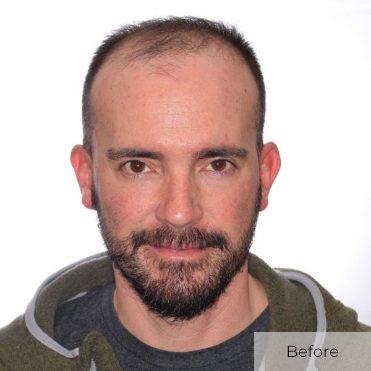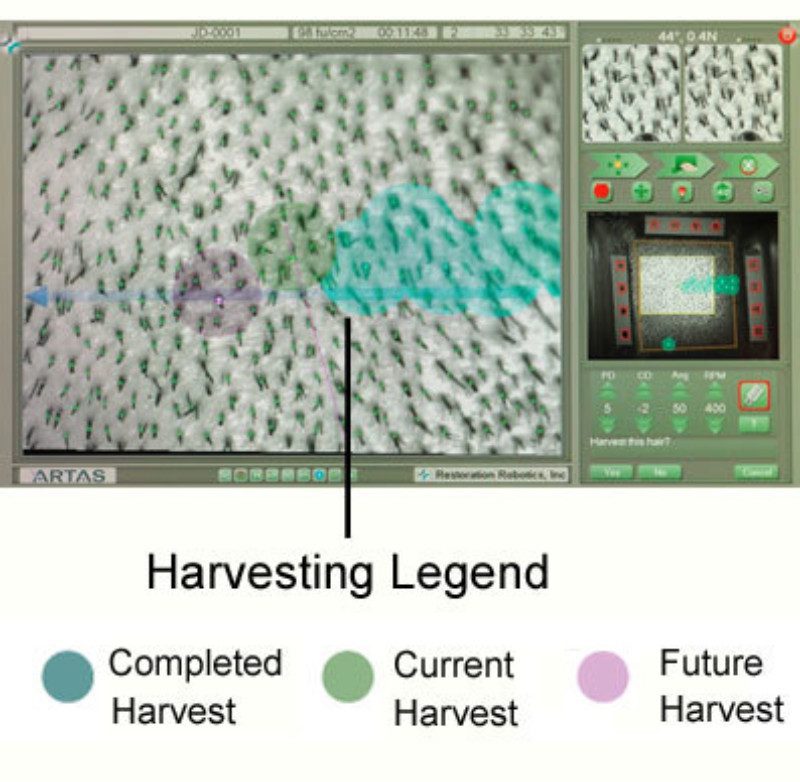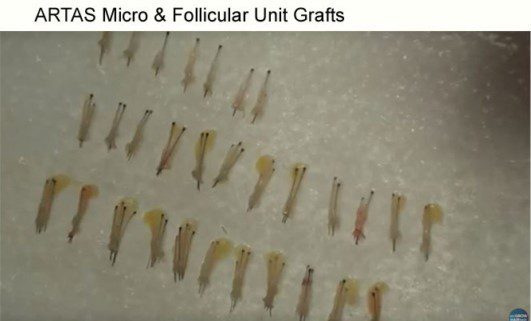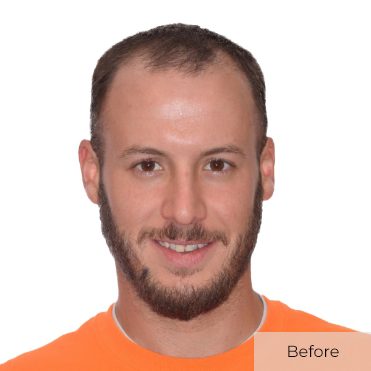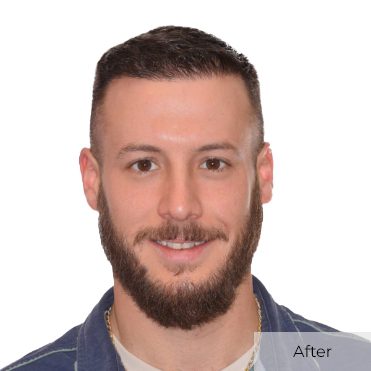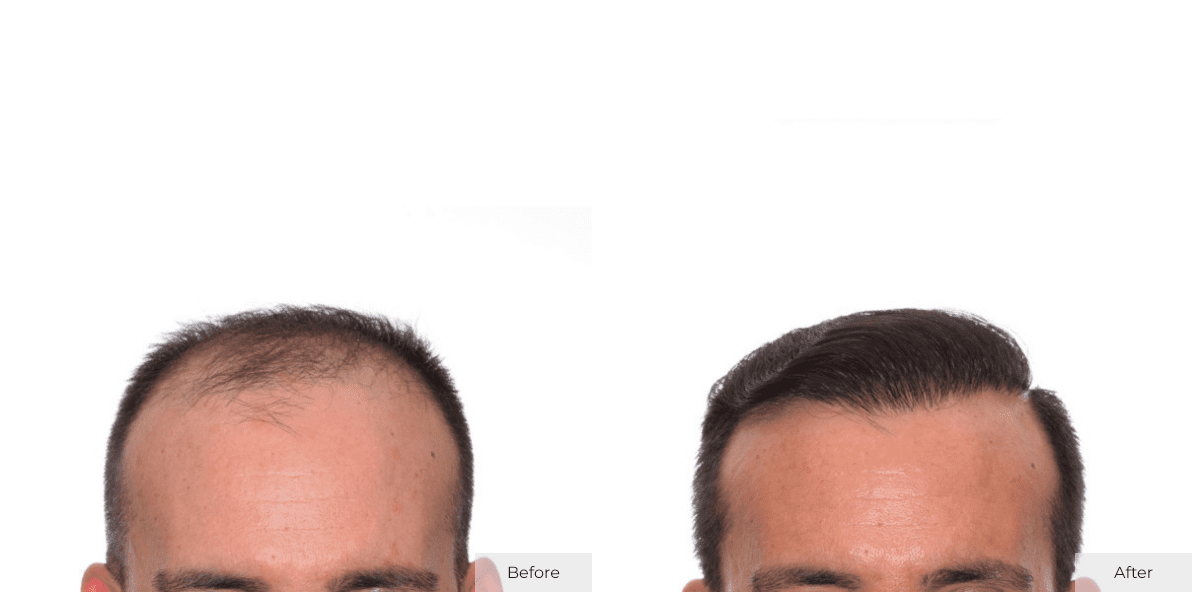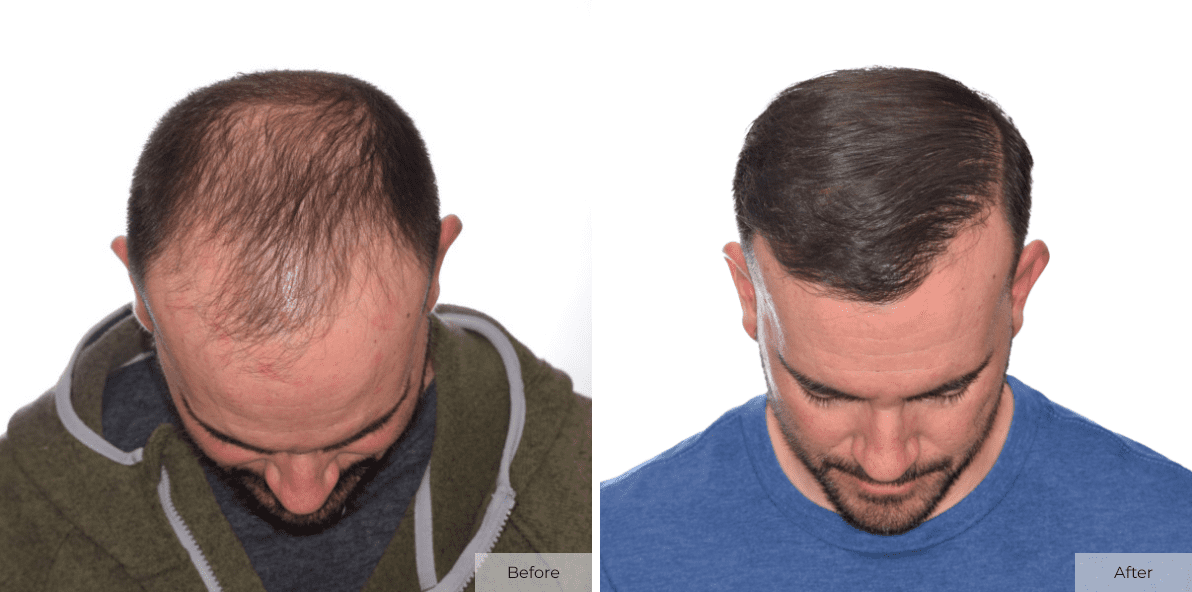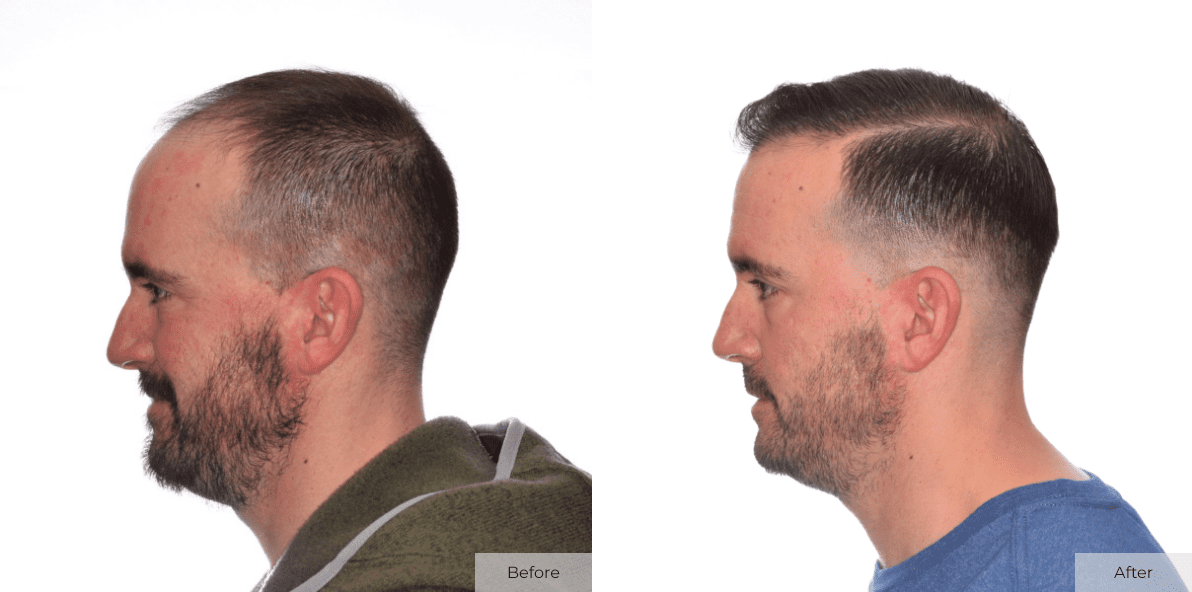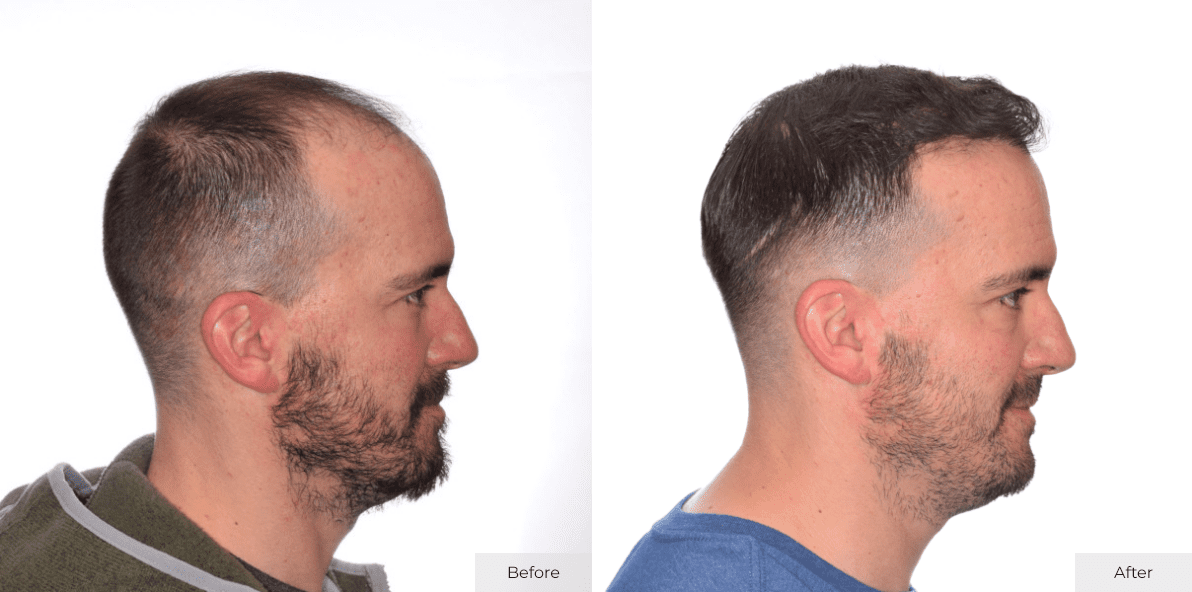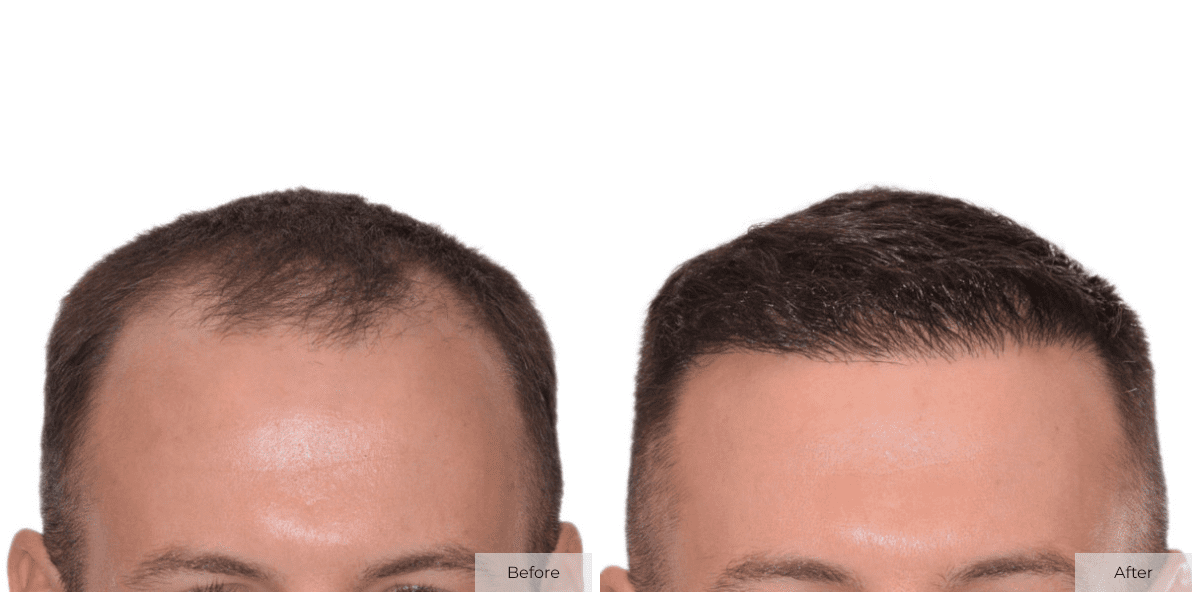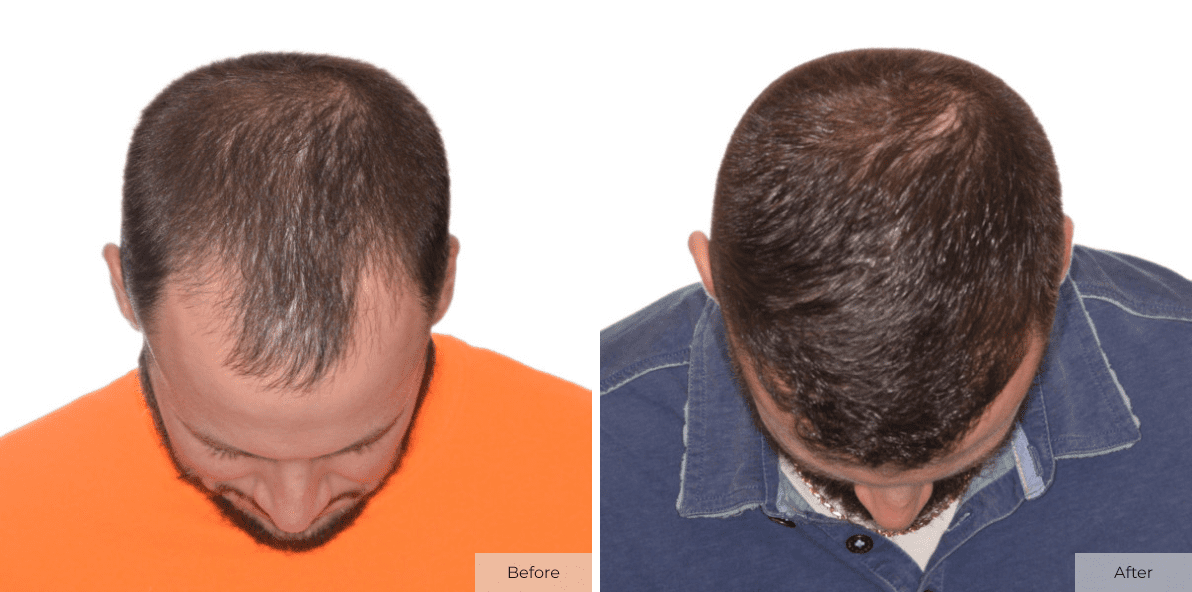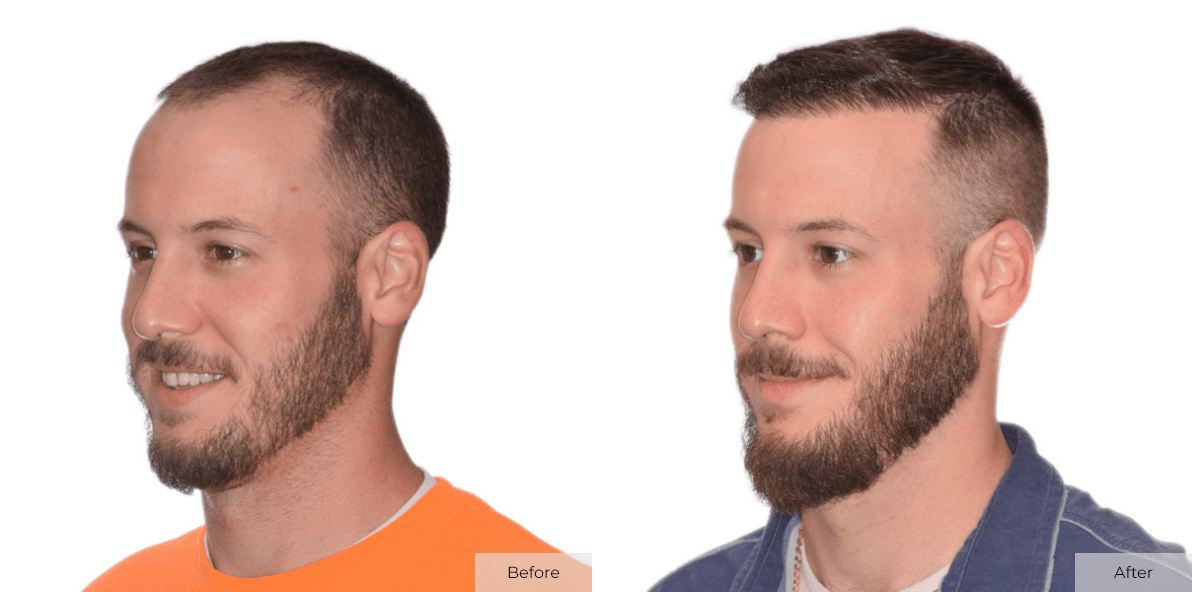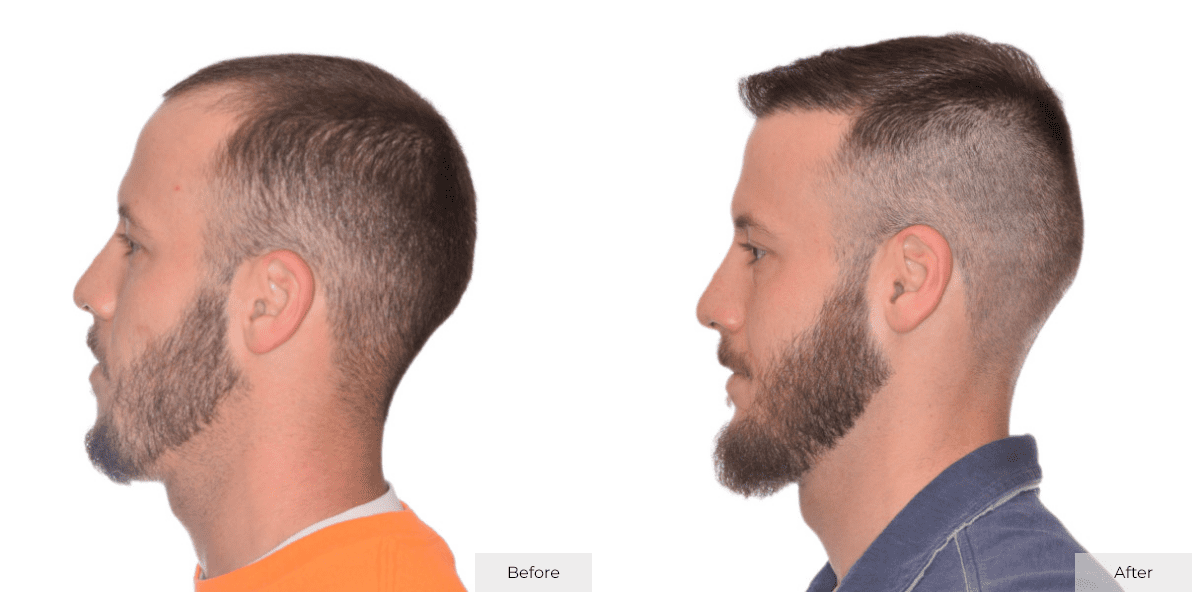It is very important to understand that technology has advanced so much now, especially over recent years, that the suture line with MUHG is most often pencil thin and often virtually undetectable (as opposed to older types of FUT procedures). Can you find the suture line is this client in the video below?
The physician does not actually harvest the donor grafts; rather the harvesting is all completed by the ARTAS robot with unparalleled robotic precision and accuracy – ensuring that the last graft is the same quality as the first that was harvested. One of the largest challenges in performing an FUE procedure is predicting hair angles below the surface and not transecting/cutting the all important hair seed, or bulb, at the bottom of the follicle. With this system, the robot is also able to adjust 50x per second to make minor adjustments as it is harvesting the hairs – continually calculating hair angles below the scalp. In the vast majority of cases, this ensures a very very low transection (damage) rate to the grafts as they are harvested.
ISHRS Article
Arthur Tykocinski, MD, FISHRS


